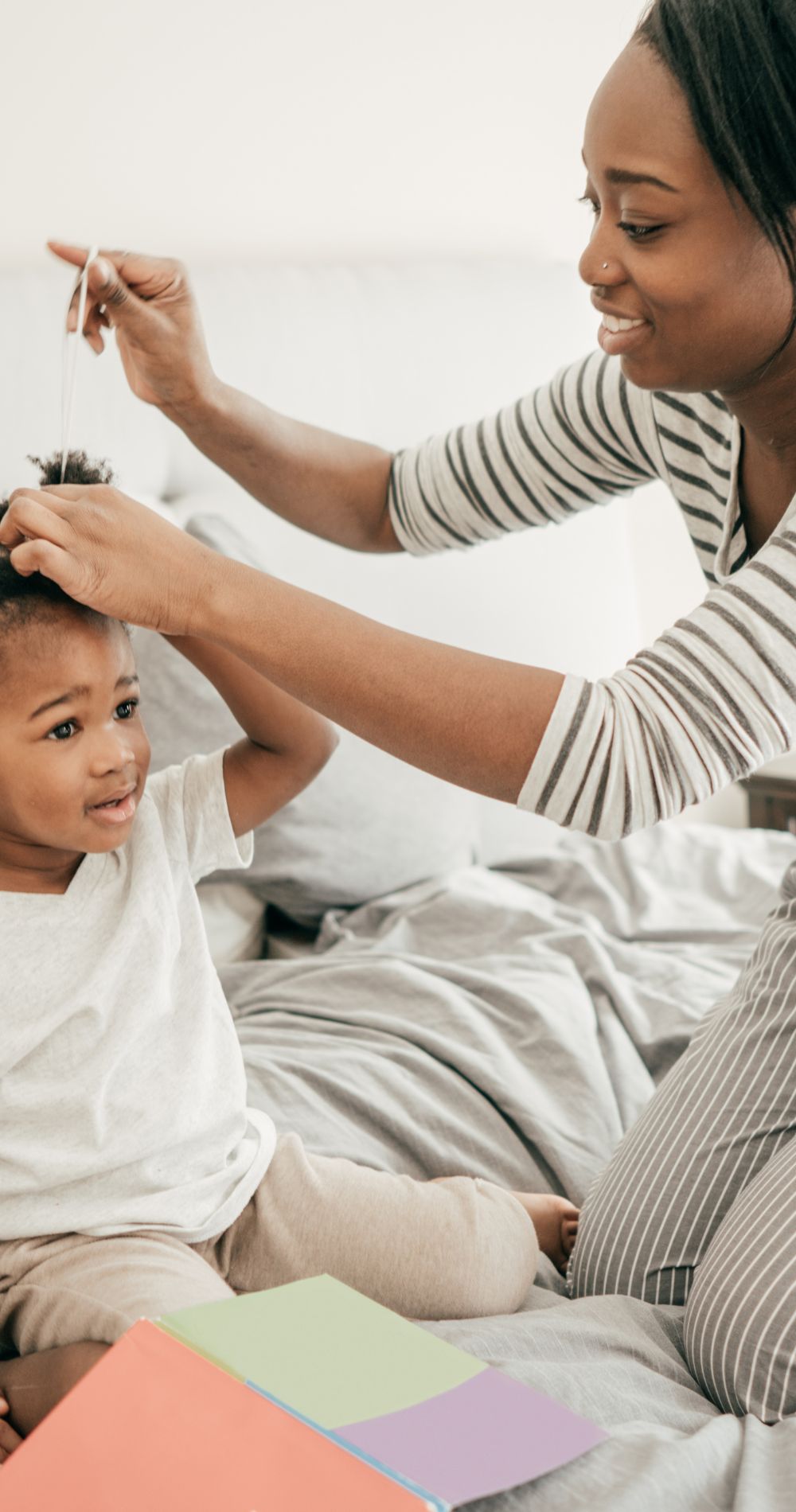September is Head Lice Prevention Month
Spread awareness and end the stigma around pediculosis
Pediculosis, or head lice, is a medical infestation in the hairy parts of the body. September is claimed as head lice awareness month by the National Pediculosis Association (NPA), to inform communities about the importance of routine screening, early detection, and the safest possible approach to managing the infection.
How can you detect lice?
The most common sign of head lice is itching on the scalp, neck, and ears, due to an allergic reaction to louse bites. Itching may not begin until 4 to 6 weeks after infection. You also may be able to see lice, or lice eggs (nits) however, they’re small. In some cases, sores can develop on the scalp, neck, and shoulders.
Nits can be easily mistaken for other small particles in your child’s hair. When examining their scalp, be mindful that you’re not confusing one of the below items with a nit:
- Dandruff
- Residue from hair products
- Beads of dead hair tissue on a hair shaft
- Scabs, dirt, or other debris
- Other small insects found in the hair
Screen by Combing
The NPA recommends combing as a comprehensive approach to managing and screening pediculosis in children. They recommend seeing combing as another regular hygiene measure to keep up, just like hand washing, especially during the school year. This method is more cost-effective and safer than pesticide washes and ends infestations quicker, therefore keeping kids in school.
How to screen and manage head lice by combing:
Use the right tools
Separate sections of the hair
Clean the comb
Examine the hair
Use the comb on clean, damp, and untangled hair
Comb to monitor for louse or nits
Dispose of nits and louse
Learn how to comb the right way
If you plan on regularly practicing combing with your child, watch this video to make sure you’re using the most effective technique.
https://www.headlice.org/comb/september-is-national-head-lice-prevention-month/
https://www.headlice.org/comb/national-pediculosis-association-petition-leads-to-fda-website-updates-on-treating-head-lice/
https://www.headlice.org/comb/what-are-head-lice-and-nits/head-lice-removal/combing-benefits/
https://www.headlice.org/comb/what-are-head-lice-and-nits/the-deceptive-dozen/
https://www.headlice.org/comb/what-are-head-lice-and-nits/head-lice-removal/
https://www.mayoclinic.org/diseases-conditions/head-lice/symptoms-causes/syc-20356180

